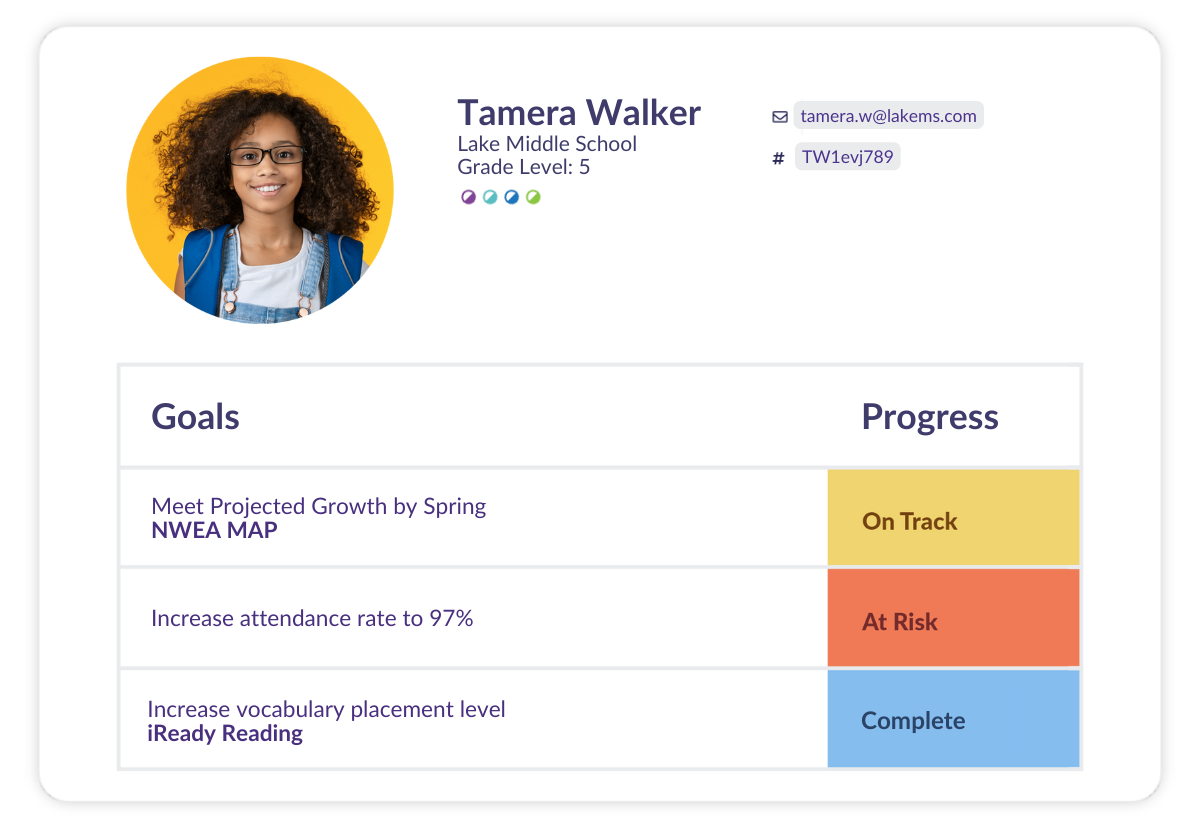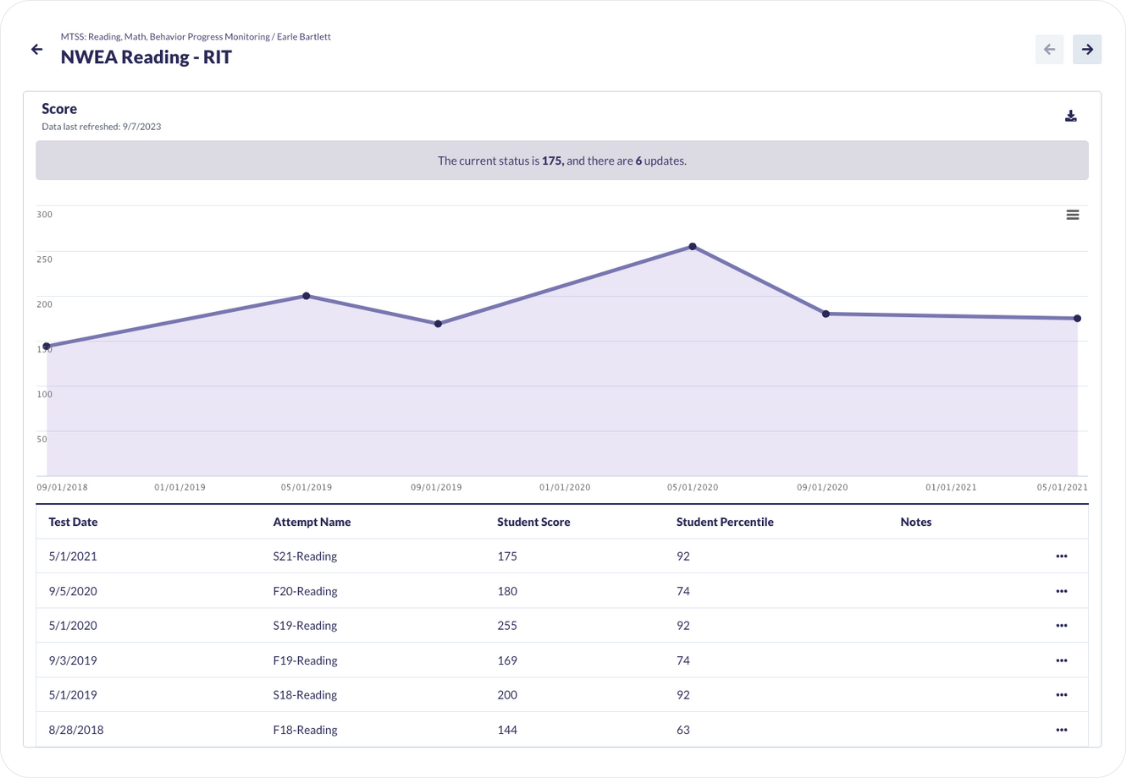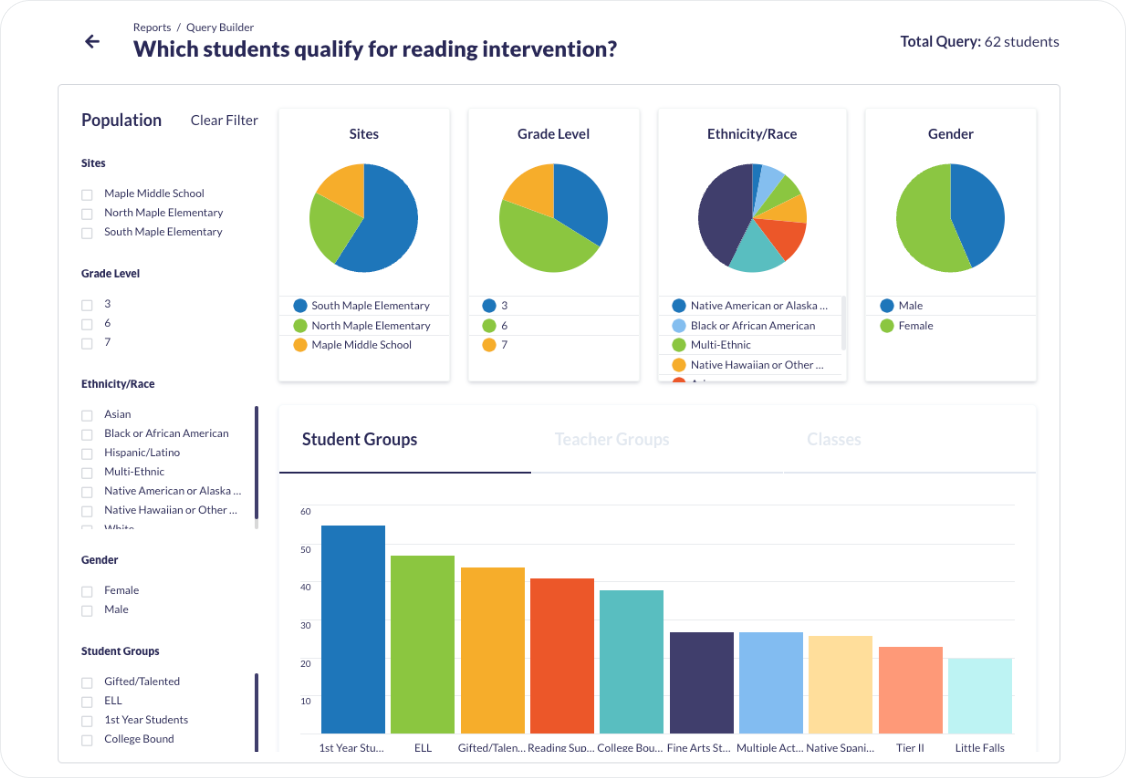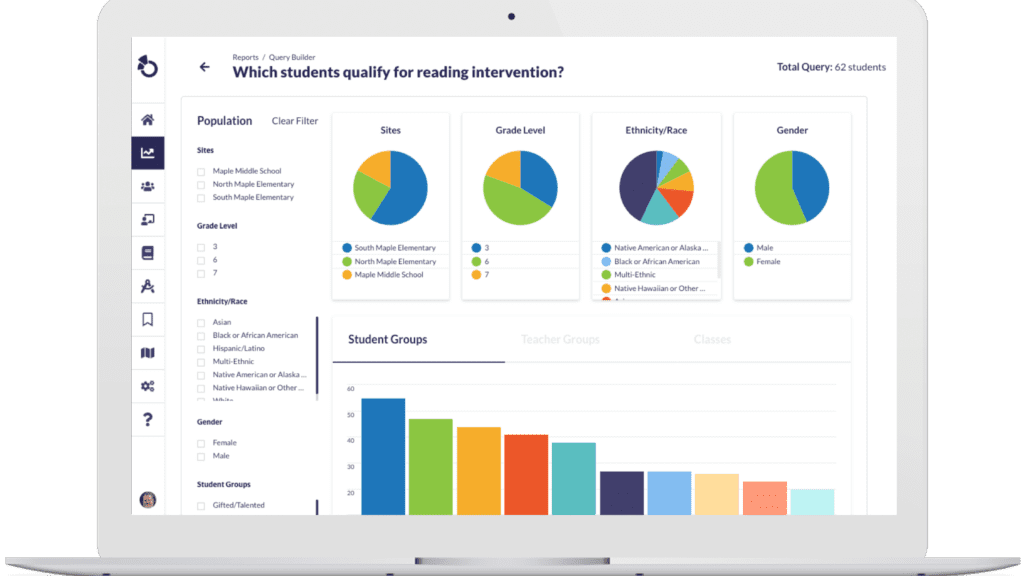Evidence-Based Reading Interventions for Elementary-Aged Students
By: David Specht
Learning to read is an essential chapter in a student's educational journey, laying the groundwork for a lifetime of literacy. This stage is about mastering key skills: recognizing sounds (phonemic awareness), understanding the relationship between letters and sounds (phonics), reading smoothly (fluency), expanding word knowledge (vocabulary), and grasping the meaning behind the words (comprehension). With thoughtful support and targeted strategies, educators can guide students through early reading obstacles, empowering them to develop the confidence and capabilities needed to thrive as proficient readers.
Classroom Activities to Boost Reading Acquisition
LPP is effective at enhancing reading fluency and focusing on accuracy. By listening to a passage read aloud and then reading it themselves, students can improve their understanding and pronunciation of words, aiding in the development of fluent reading skills. This method also supports comprehension, as students become familiar with the passage’s content before reading it independently.
Instructions: The teacher reads a selected passage aloud, with the student(s) following along. After the initial reading, the student then reads the same passage aloud. This intervention can be conducted one-on-one or in a small-group setting by having the teacher read aloud and then partnering children together to read aloud to one another.
The Story Detective activity engages students’ critical thinking and comprehension skills by turning reading into an interactive mystery-solving experience. This approach motivates students to pay closer attention to details and encourages active participation in the storytelling process. It fosters inferential thinking, a key component of reading comprehension, by having students predict and piece together story elements based on clues.
Instructions: In Story Detective, the student becomes a detective while reading a story. The teacher provides hints one by one, and when put all together, the student can figure out the whole story.
For example, the teacher might say, “Two friends were walking home for dinner.” Now, it’s the student’s turn to guess what might happen next in the story. The teacher will ask them to explain their guess. Then, they’ll give them another hint. This new hint could either support or change the student’s guess, and they can make a new guess based on that. It’s like solving a mystery while reading!
Reading Accuracy
"Reading accuracy is crucial for both understanding texts and boosting overall literacy."
It's about being able to read words correctly and fluidly. By focusing on reading accuracy, you help students master the art of decoding words, which leads to smoother reading and a better grasp of the material. This step is key in helping kids build their reading confidence and skills, making it an essential part of their reading journey.

Classroom Activities to Boost Reading Accuracy
Incremental Rehearsal is an effective technique for enhancing reading accuracy by blending known and unknown elements, such as sight words or vocabulary. This method promotes confidence and engagement by ensuring high success rates, which in turn supports the retention of new information. It’s a strategic way to build foundational reading skills essential for academic success.
Instructions: Show the student flashcards mixing familiar and new items, such as sight words or letter names. Start with mostly known items, introducing a few unknowns gradually. Offer praise for correct answers and kindly correct mistakes. After presenting an unknown item, follow with known ones to maintain confidence, then slowly increase the unknowns based on the student’s progress.
Partner Reading pairs students of differing reading abilities to foster fluency and accuracy. This peer-assisted learning strategy not only provides a model of fluent reading but also offers immediate feedback and support, making it a powerful tool for improving reading skills. Regular practice encourages positive reading habits and boosts self-esteem among less fluent readers.
Instructions: A fluent reader (Partner 1) is paired with a less fluent reader (Partner 2). Partner 1 reads the material to model fluent reading. Then, Partner 2 reads the material, and Partner 1 corrects any errors made. This should be conducted for about 30-35 minutes three times per week.
Reading Comprehension
Reading comprehension is the ability to understand, interpret, and derive meaning from written text. It is the ultimate goal of reading. Through comprehension-focused interventions, educators can help students develop strategies to analyze texts, enrich their understanding, and enhance their ability to learn from what they read.
Classroom Activities to Boost Reading Comprehension
Asking students to provide a summary of the text in their own words requires them not just to identify the key points of the story but to put those main ideas into their own words. By having students summarize, teachers can assess how much the student understood from the reading and determine where they can best support them moving forward.
Instructions: After reading, students should identify the main ideas and any important details, then write a summary in their own words. Encourage them to focus on the core elements of the text, such as the who, what, where, when, why, and how. This exercise can be done individually or in groups, aiming for a short paragraph that captures the text’s essence without minor details.
Asking students to make predictions throughout the reading process is a great way to exercise their comprehension skills. As the students read, they can be prompted to make predictions about what will happen next—or how the story will end—to keep them engaged and apply their background knowledge throughout the reading process.
Instructions: Before and during reading, students make predictions about the story’s direction based on titles, pictures, and text they’ve read so far. Encourage them to justify their predictions with evidence from the text and revise them as they gather more information. This can be a class-wide, group, or individual activity, culminating in a discussion about the accuracy of their predictions and the reasoning behind them.
By weaving these strategies into their lessons, teachers can give students the focused help they need to tackle reading's tricky bits and make sure they have the skills to do well in school and beyond.
Evidence-Based Reading Interventions for Elementary-Aged Students
Activity |
Accuracy |
Comprehension |
|
| Listening Passage Preview (LPP) | X | ||
| Story Detective | X | ||
| Incremental Rehearsal | X | ||
| Partner Reading | X | ||
| Summarizing Main Ideas | X | ||
| Make Predictions | X |
How to Track Evidence-Based Interventions in Otus
Otus provides a comprehensive platform that is designed to support classroom instruction and student learning. Here's how Otus can assist teachers in tracking evidence-based reading interventions:
Data Tracking: Otus allows teachers to input and track data related to students' reading progress and intervention outcomes. Teachers can record assessments, observations, and other relevant data points to monitor student growth over time.

Customizable Intervention Plans: Teachers can create personalized intervention plans for students based on their individual needs and the specific evidence-based reading strategies or interventions recommended for them. Otus enables teachers to customize intervention plans, set goals, and track progress toward meeting those goals.

Progress Monitoring: Otus provides tools for monitoring progress over time, allowing teachers to regularly assess students' reading skills and adjust interventions accordingly. Teachers can use formative assessments, quizzes, and other assessment tools within Otus to gauge student progress and determine the effectiveness of interventions.
Collaboration and Communication: Otus facilitates collaboration and communication among teachers, interventionists, and other stakeholders, including families. Teachers can share intervention plans, progress updates, and insights to ensure a coordinated approach to supporting struggling readers.
Data Analysis and Reporting: Otus offers data analysis and reporting features that allow teachers to analyze trends, identify patterns, and generate reports on students' reading intervention progress. Teachers can use these insights to make data-driven decisions and adjust instructional strategies as needed.

To learn more about how Otus can support your school or district to track the success of evidence-based interventions, request a demo.
Request a demo!
See exactly how Otus can help your school accelerate student growth and improve student outcomes – all while saving educators time.





